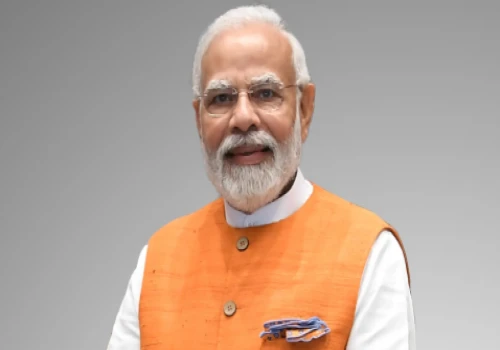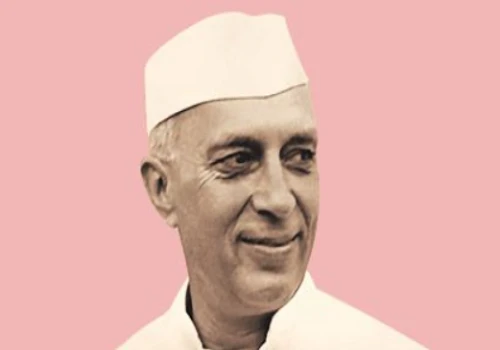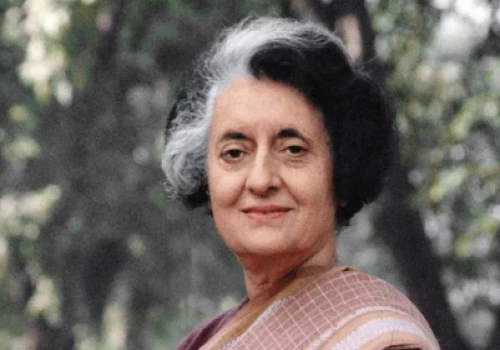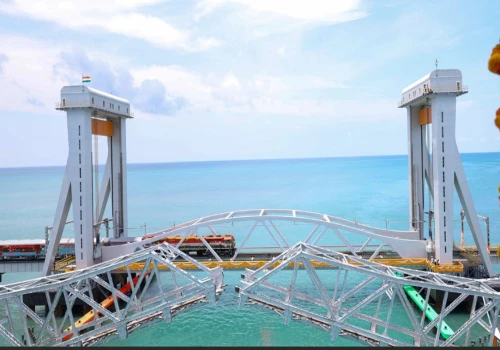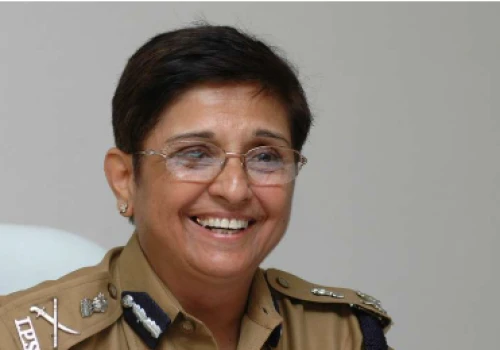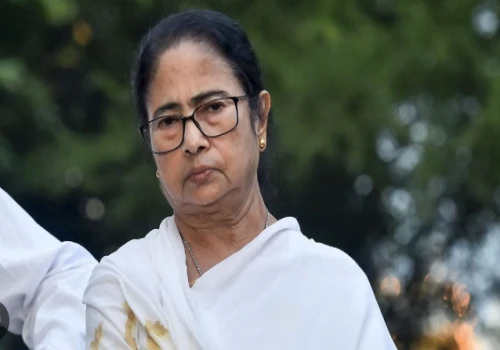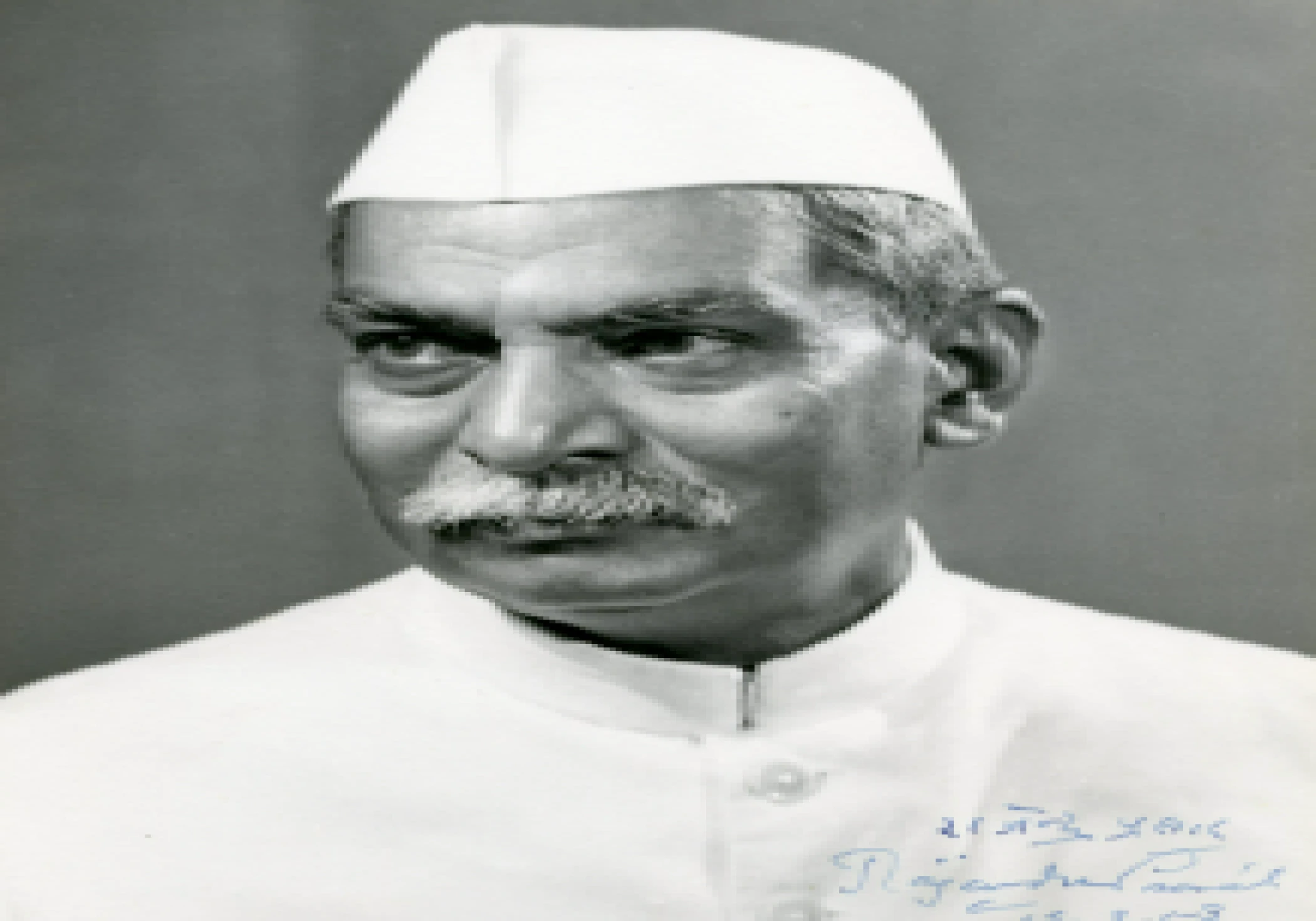
Dr. Rajendra Prasad was a colossus of the history of India, admired as much for being the first President of independent India as for his intellectual achievements as a scholar, teacher, lawyer, and freedom fighter. An exceptionally humble and morally sturdy person, Prasad played the leading role in formulating the constitutional and democratic tradition of India at its time of birth.
Early Life and Student Path
Rajendra Prasad was born on 3 December 1884 at Ziradei village in Siwan district in Bihar to a devout and well-educated Kayastha family. His father, Mahadev Sahai, was a scholar of Sanskrit, and his mother, Kamleshwari Devi, was a devout woman. Prasad showed exceptional intellectual talents from childhood. At the age of five, he started learning Persian and arithmetic and subsequently enrolled at the Chapra District School.
Prasad scored the highest in the entrance exam at Calcutta University and then proceeded to continue his higher studies at Presidency College, Calcutta, where he studied English and, subsequently, a master's in economics. He studied law at the University of Calcutta and later was granted a doctorate in law.
Career as an Educator and Legal Luminary
Rajendra Prasad started his career as a teacher, working at Langat Singh College in Muzaffarpur and then at the Department of Economics at Calcutta City College. His commitment and merit towards studies rendered him a motivation to colleagues as well as students.
He later studied law and established a successful practice in the Calcutta and Patna High Courts. He was renowned for his logical arguments, moral values, and understanding of Indian socio-political issues. Though he had a thriving legal practice, Prasad became increasingly inclined toward the Indian freedom struggle, and his legal practice soon receded into the background.
In 1915, Prasad took the master's in law examination at the Department of Law, University of Calcutta, successfully passed, and received a gold medal. He obtained his Doctorate in Law from Allahabad University. In 1916, he became a member of the High Court of Bihar and Odisha. In 1917, he was appointed as one of the inaugural members of the Senate and Patna University. He also practiced law in Bhagalpur, the renowned silk city in Bihar.
Role in the Indian Freedom Movement
Motivated by the appeal of Mahatma Gandhi to non-cooperation, Rajendra Prasad dived headlong into the struggle for freedom. He joined the Indian National Congress and soon rose through the ranks with his intelligence, honesty, and organizational skills.
He was arrested a number of times under British rule—particularly during the Salt Satyagraha (1930) and Quit India Movement (1942)—and languished in prison for years.While in prison, he authored Atmakatha, his autobiography. His literary works during these years also consisted of political musings and profound philosophical insights.
Rajendra Prasad was a key figure in the Champaran Satyagraha, in conjunction with Gandhi, bringing to light the conditions of indigo farmers. He also made a notable contribution towards relief work during the Bihar earthquake of 1934, for which he received national acclaim.
Presidency and National Contribution
With India achieving independence in 1947, Rajendra Prasad was chosen to be the President of the Constituent Assembly to preside over the preparation of the Indian Constitution. On 26 January 1950, when India was declared a republic, he became the first President of India and served until 1962, becoming the sole President to have served two consecutive terms.
Throughout his presidency, Prasad was non-partisan and gained universal respect for his simplicity, discipline, and commitment to constitutional values. He co-operated amicably with Prime Ministers Jawaharlal Nehru and subsequently Lal Bahadur Shastri, making the executive and legislative wings run smoothly.
Awards and Honours
As a tribute to his undivided service to the country, Dr. Rajendra Prasad was posthumously awarded the Bharat Ratna in 1962, India's highest civilian award. He was also conferred honorary degrees by various universities in India and abroad.
Personal Life and Legacy
A man of strong spiritual convictions and simple living, Rajendra Prasad was a Gandhian in his way of life. He retired to Sadaqat Ashram in Patna after relinquishing office and died on 28 February 1963.
He is still remembered through schools, stamps, documentaries, and biographies. Statues and roads throughout India are named after him, reminding people of his legacy. His memoirs and writings depict not only the tale of a nation but also the inner resilience of a man committed to truth, justice, and nation-building.
Conclusion
Prasad's work and life have been the inspiration for plays, documentaries, and scholarly studies. His portrait is kept in the Parliament's Central Hall, a recognition of his role in moulding modern India.
Dr. Rajendra Prasad's legacy is not merely in the posts he occupied but in the ethical compass he imparted to a new democracy. His life remains an inspiration to generations to adopt selfless service, humility, and unflinching commitment to the collective good.


